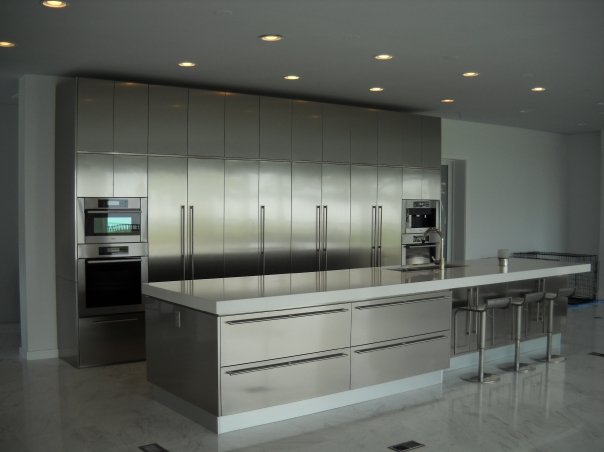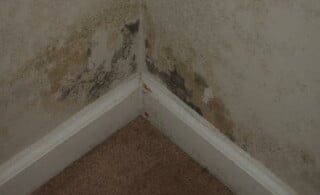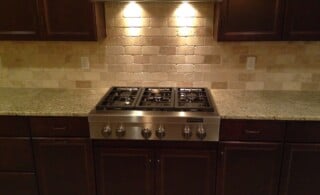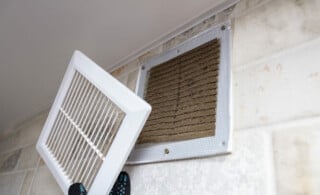
There are quite a few metal polishes on the market today. The difficulty lies not in the act of metal polishing, but in finding the right product for your specific job. Different metals are used in different ways around the home, and there is at least one right way to work with each.
Aluminum and Chrome Polishing
Around the home, aluminum can be seen on sinks, faucets, and countertops but is more often found on furniture. Raw, unfinished aluminum requires not just polishing but periodic waxing. Aluminum that has a clear or powder coat finish can be cleaned quite easily with a soft rag and dish soap. An all-purpose metal polish can be used to give aluminum an extra sheen, as well as to remove tiny scratches and pits in the surface.
Chrome is often used to plate other metals on faucets, fixtures, and appliances. It is highly prized for its extraordinary shine. Chrome shouldn’t be waxed, as the gleam wax can provide is far less than that of the chrome itself. To get the most shine from chrome, after it is cleaned of all debris, it should be buffed and buffed again. The resulting finish will be second to none.
Specialty Metal Polishing
Metals like bronze, brass, and copper are certainly found in many homes, albeit sparingly. These metals are appealing because of their unique color, the ease and precision with which they can be shaped, and their flexibility, as well.
Brass shows up most frequently, though its use is often behind the scenes in unexposed portions of bathroom and kitchen fixtures. Bronze is usually found on ornamental cups and flatware, as well as in metal sculpture. Brass and bronze can be cleaned initially with vinegar or cola. If the metal is heavily stained and tarnished, use a tarnish remover that is specifically designed for these metals and a very soft cloth.
Copper, though most often seen on cookware, is also a great material for countertops. It, like other metals, is not porous. Additionally, copper has natural antimicrobial properties, which makes it more hygienic than even steel. Copper, when left uncoated, will change color if a metal polish is not used on it with some regularity. If left totally unattended, it will turn green; but as long as it is scrubbed and buffed periodically, its color will remain bright and rich.
Hard Metal Polishing
Stainless steel is widely used on high-end appliances. It can also be found in many other areas of the home in fixtures, surface spaces (like back splashes), or on furniture. Titanium is another very hard metal. Though its use hasn’t been all that common in the past, its popularity is growing quickly.
Since these metals are so hard, the abrasives in most metal polish aren’t that effective, especially when the metal in question has been neglected for a long time. The products used to polish these metals often work chemically rather than physically. They are quite harsh and should be used with care. If the metal has long past its prime, most attempts at hand-polishing will be unfruitful. In these cases, it’s time to break out the power tools, and the process enters a whole different realm.
 Air Duct Cleaning
Air Duct Cleaning  How to Remediate Mold
How to Remediate Mold  Range Hood Cleaning Tips
Range Hood Cleaning Tips  Vent and Duct Cleaning
Vent and Duct Cleaning  Post Construction Clean Up: End the Job Right
Post Construction Clean Up: End the Job Right 

Are You Familiar With This Topic? Share Your Experience.